Postconcussional disorder: time to acknowledge a common source of neurobehavioral morbidity
Abstract
Closed head injuries are common, affecting approximately 2 million people annually in the United States. The majority of these are "mild" in the sense of not being associated with prolonged unconsciousness, intracranial bleeding, skull fracture, or protracted periods of confusion. Yet a proportion of such "mild" injuries are accompanied by persisting cognitive, vegetative, and affective-behavioral sequelae, some of which affect day-to-day life. We argue that there is sufficient research to indicate that postconcussional symptoms occur and that they tend to have a predictable configuration. It is necessary to recognize the existence of "Postconcussional Disorder" in our nosology in order to provide more prompt diagnosis and management and to facilitate scholarly communication and research regarding this important neurobehavioral disorder.
Access content
To read the fulltext, please use one of the options below to sign in or purchase access.- Personal login
- Institutional Login
- Sign in via OpenAthens
- Register for access
-
Please login/register if you wish to pair your device and check access availability.
Not a subscriber?
PsychiatryOnline subscription options offer access to the DSM-5 library, books, journals, CME, and patient resources. This all-in-one virtual library provides psychiatrists and mental health professionals with key resources for diagnosis, treatment, research, and professional development.
Need more help? PsychiatryOnline Customer Service may be reached by emailing [email protected] or by calling 800-368-5777 (in the U.S.) or 703-907-7322 (outside the U.S.).



